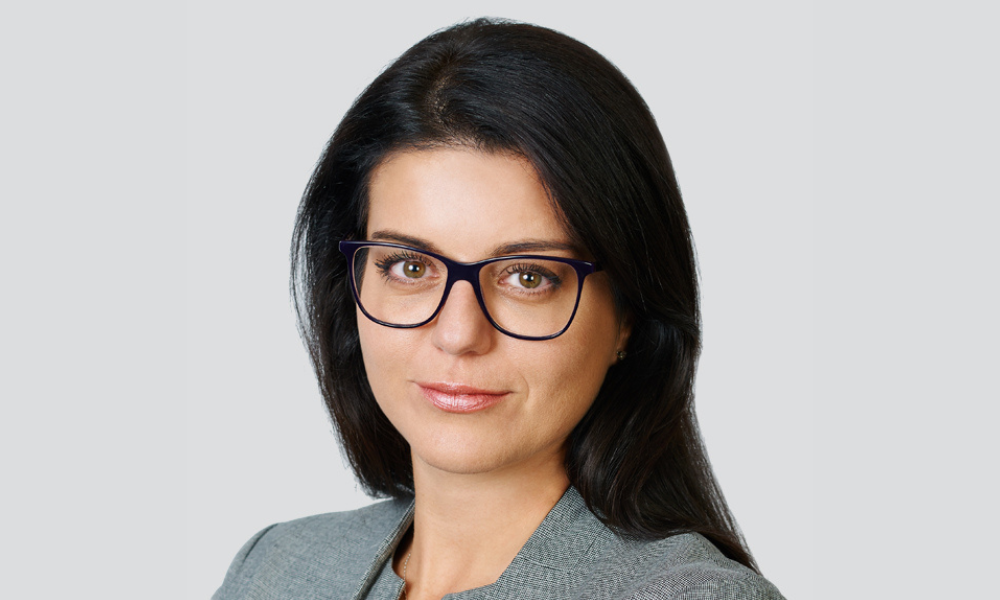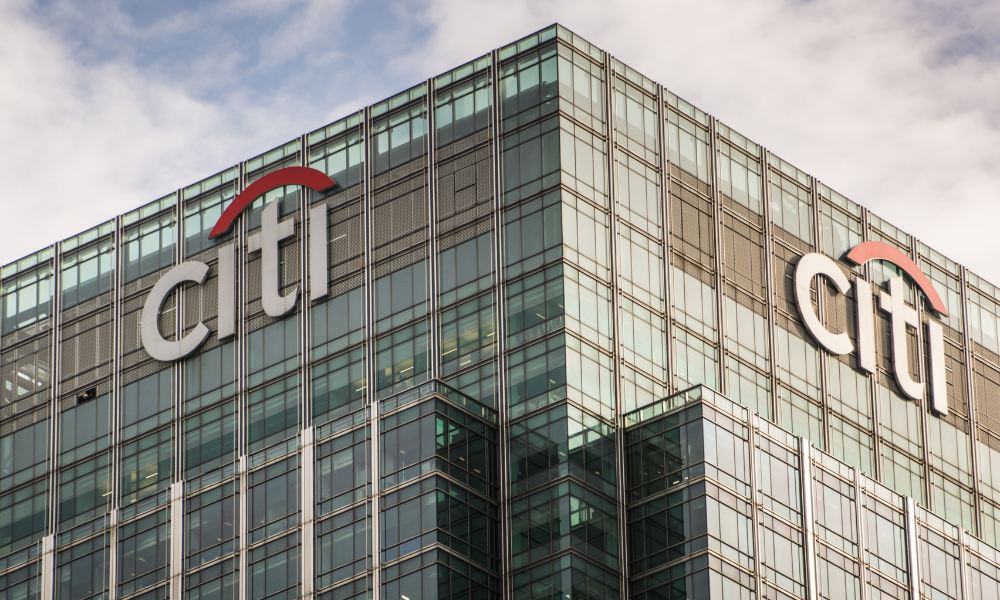Chris Heakes from BMO GAM explains how low volatility investments have outperformed their riskier counterparts this year

With autumn’s market volatility still a fresh wound for most investors, and most economic crystal balls clouded with uncertainty, it is little surprise that low volatility ETFs have proven such a popular and reliable choice for investors in 2019. In an environment where market analysts the world over are projecting continued ups and downs, a low volatility strategy can be instrumental in helping investors maintain firm footing without abandoning the market altogether.
“One of the big benefits with a low volatility strategy is just limiting mistakes,” says BMO GAM’s director and portfolio manager, ETFs, Chris Heakes, who compares success in the space to a solid day on the links. “In golf, a lot of times it’s better to limit those big mistakes, so keeping the ball on the fairway and keeping it to two putts or less is a good way to play. And low volatility investing is similar in that regard. It’s really trying to be conscious of the dangers – the bunkers, the water hazards – and keeping the ball in play has a really great outcome over time.”
Heakes explains that low volatility investments have performed admirably compared to their riskier counterparts, delivering both strong returns and plenty of upside this year while also helping to protect capital when broad markets were in moderate decline in the latter half of 2018.
“As there was volatility, in Q4 in particular, ETFs really showed up to play,” he says.
Low volatility investments, however, are not only an option when the market is in flux. Although they may miss out on the action when the market is in riot, Heakes says the long-term benefits provide ample compensation for investors.
“What we find is that over long periods of time we tend to win more in a low volatility strategy because reducing the downside in those bad markets really puts investors in a better place to profit over the long-term,” Heakes says. “Not going down as much just puts you in a better place to recover when those markets recover.”
In May, investors looking for low volatility in a mutual fund will be able to purchase BMO GAM’s award-winning BMO Low Volatility Canadian Equity ETF (ZLB) as just such a product. Underweighted with more cyclical sectors and over-weighted with steady, consistent performers, ZLB has won the Fund Grade A-Plus Award five years in a row *.
Economic stability – or the illusion of it – has held throughout the first quarter of 2019, leading to a sense of cautious optimism. Key indicators, like inflation and unemployment, point to a relatively smooth ride. But even the rosiest of pictures can suddenly take on the deep red of emergency, which is why Heakes believes ZLB and other low volatility products should be granted space in any well-rounded portfolio.
“We are ten years into a recovery, and I think Q4 last year reminded us that volatility is omnipresent, or at least ready to kick in at any point,” says Heakes. “[BMO feels] pretty good, but I think taking a defensive tilt to stocks is a prudent approach at this point in time.”
*2014-2018. About the Fundata FundGrade A + Rating. FundGrade A+® is used with permission from Fundata Canada Inc., all rights reserved. The annual FundGrade A+® Awards are presented by Fundata Canada Inc. to recognize the "best of the best" among Canadian investment funds. The FundGrade A+® calculation is supplemental to the monthly FundGrade ratings and is calculated at the end of each calendar year. The FundGrade rating system evaluates funds based on their risk-adjusted performance, measured by Sharpe Ratio, Sortino Ratio, and Information Ratio. The score for each ratio is calculated individually, covering all time periods from 2 to 10 years. The scores are then weighted equally in calculating a monthly FundGrade. The top 10% of funds earn an A Grade; the next 20% of funds earn a B Grade; the next 40% of funds earn a C Grade; the next 20% of funds receive a D Grade; and the lowest 10% of funds receive an E Grade. To be eligible, a fund must have received a FundGrade rating every month in the previous year. The FundGrade A+® uses a GPA-style calculation, where each monthly FundGrade from "A" to "E" receives a score from 4 to 0, respectively. A fund's average score for the year determines its GPA. Any fund with a GPA of 3.5 or greater is awarded a FundGrade A+® Award. For more information, see http://www.fundgradeawards.com. Although Fundata makes every effort to ensure the accuracy and reliability of the data contained herein, the accuracy is not guaranteed by Fundata. The FundGrade A+ Awards and the FundGrade Ratings being referenced are calculated based on comparisons of performance of investment funds within a specified category established by the CIFSC.
The information contained herein is not, and should not be construed as, investment, tax or legal advice to any party. Investments should be evaluated relative to the individual’s investment objectives and professional advice should be obtained with respect to any circumstance.
Any statement that necessarily depends on future events may be a forward-looking statement. Forward-looking statements are not guarantees of performance. They involve risks, uncertainties and assumptions. Although such statements are based on assumptions that are believed to be reasonable, there can be no assurance that actual results will not differ materially from expectations. Investors are cautioned not to rely unduly on any forward-looking statements. In connection with any forward-looking statements, investors should carefully consider the areas of risk described in the most recent simplified prospectus.
BMO ETFs are managed by BMO Asset Management Inc., which is an investment fund manager and a portfolio manager, and a separate legal entity from Bank of Montreal.
Commissions, management fees and expenses all may be associated with investments in exchange traded funds. Please read the ETF Facts or prospectus before investing. Exchange traded funds are not guaranteed, their values change frequently and past performance may not be repeatedFor a summary of the risks of an investment in the BMO ETFs, please see the specific risks set out in the prospectus. BMO ETFs and ETF series trade like stocks, fluctuate in market value and may trade at a discount to their net asset value, which may increase the risk of loss. Distributions are not guaranteed and are subject to change and/or elimination.



